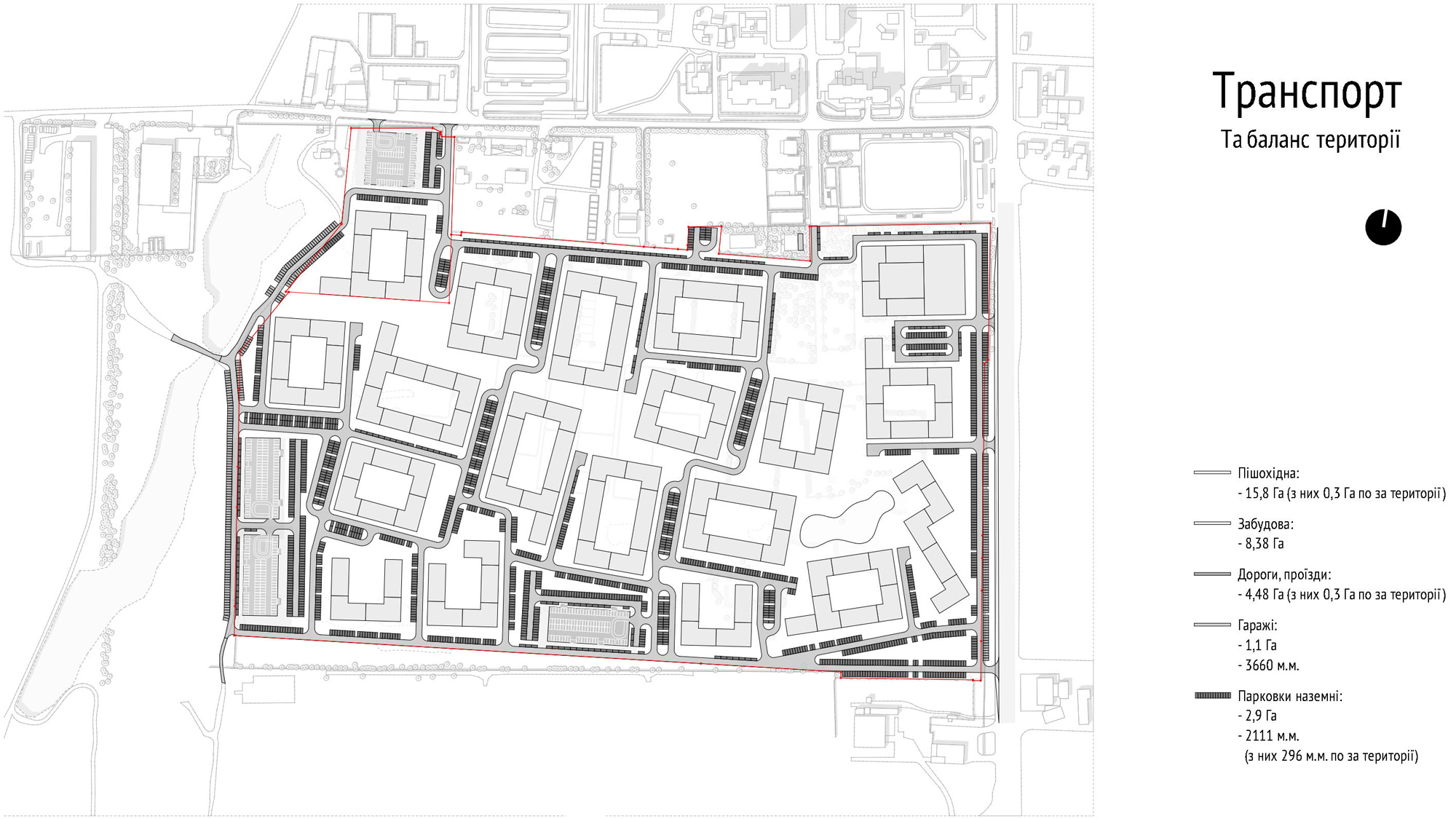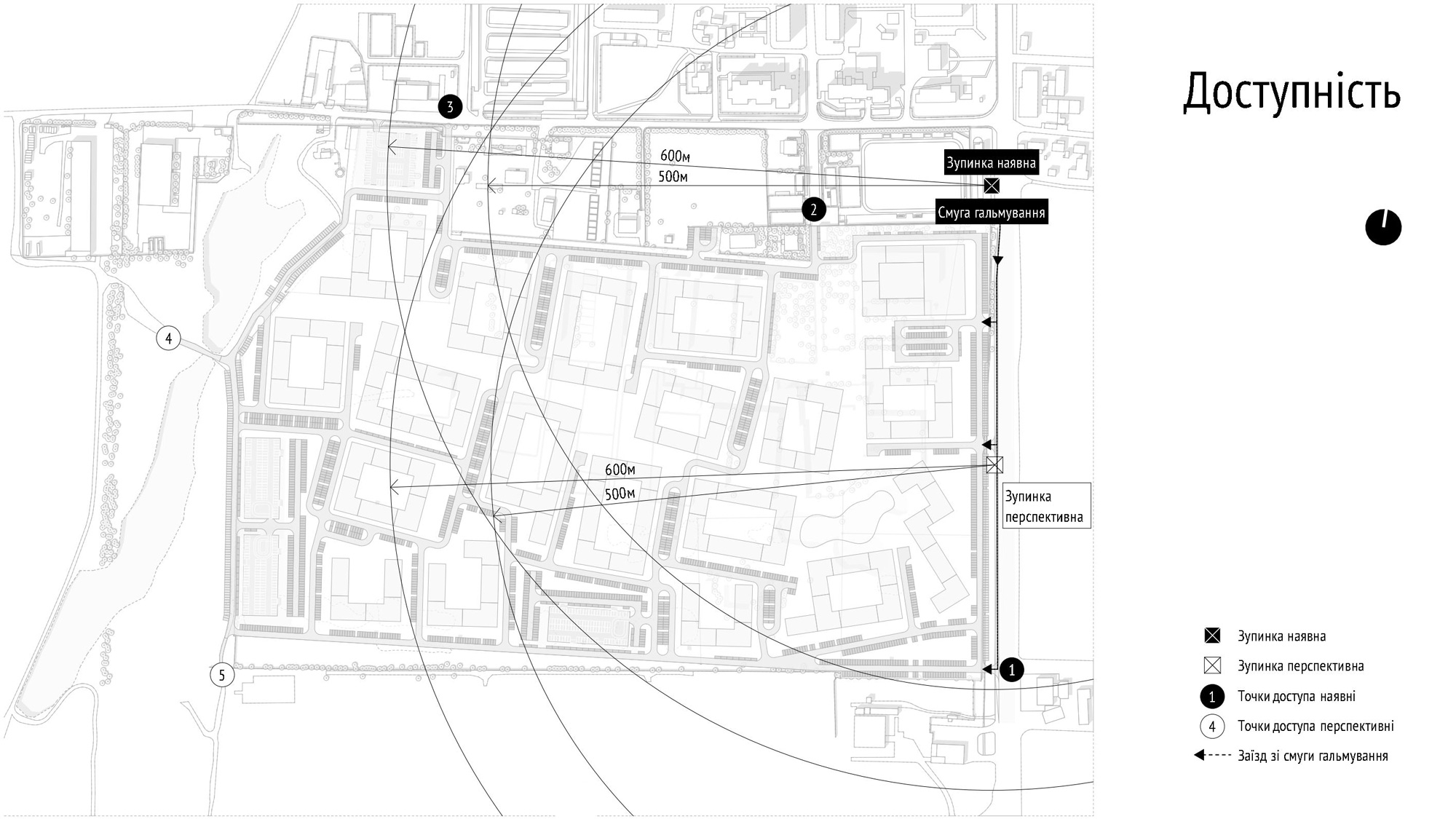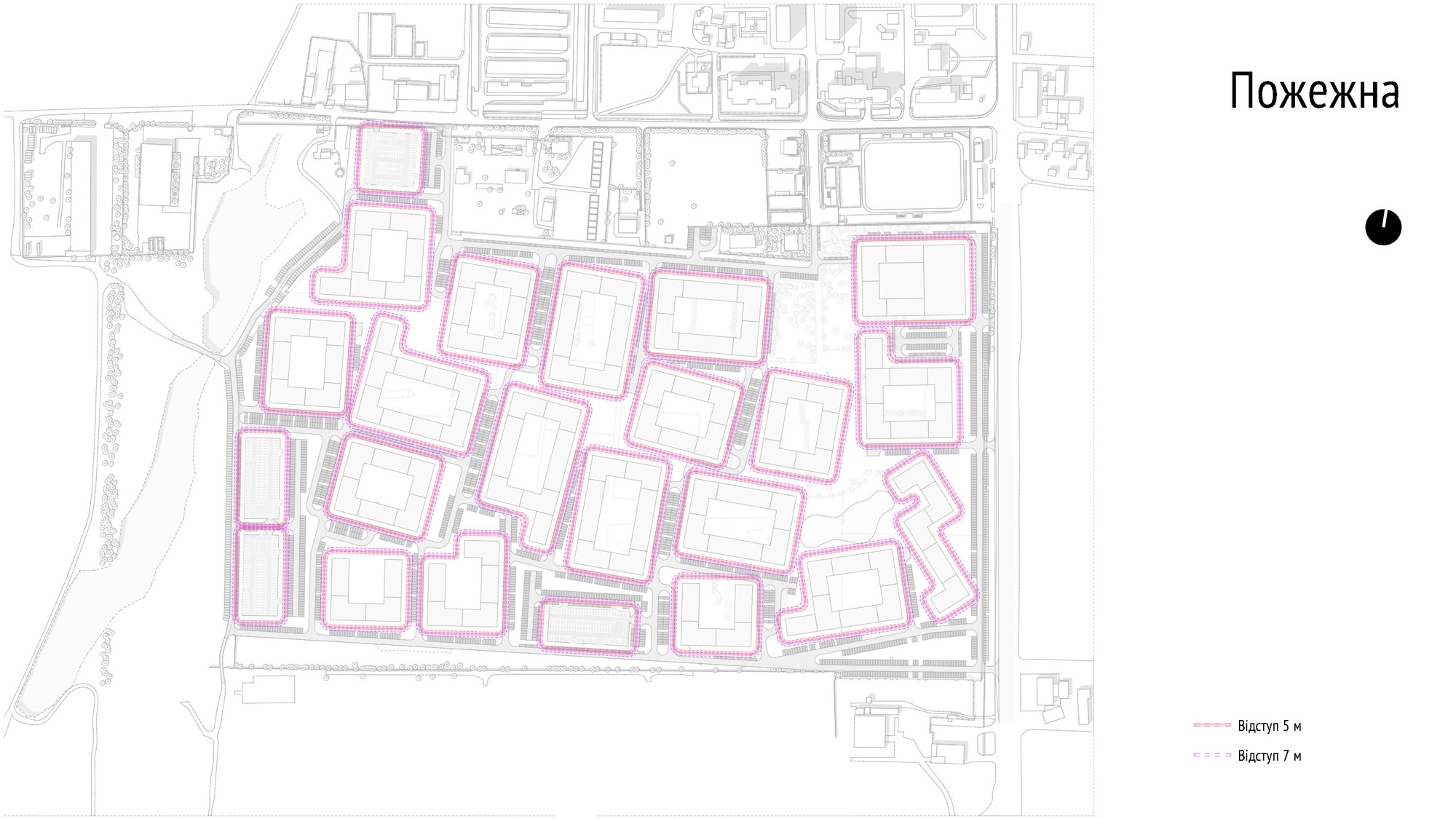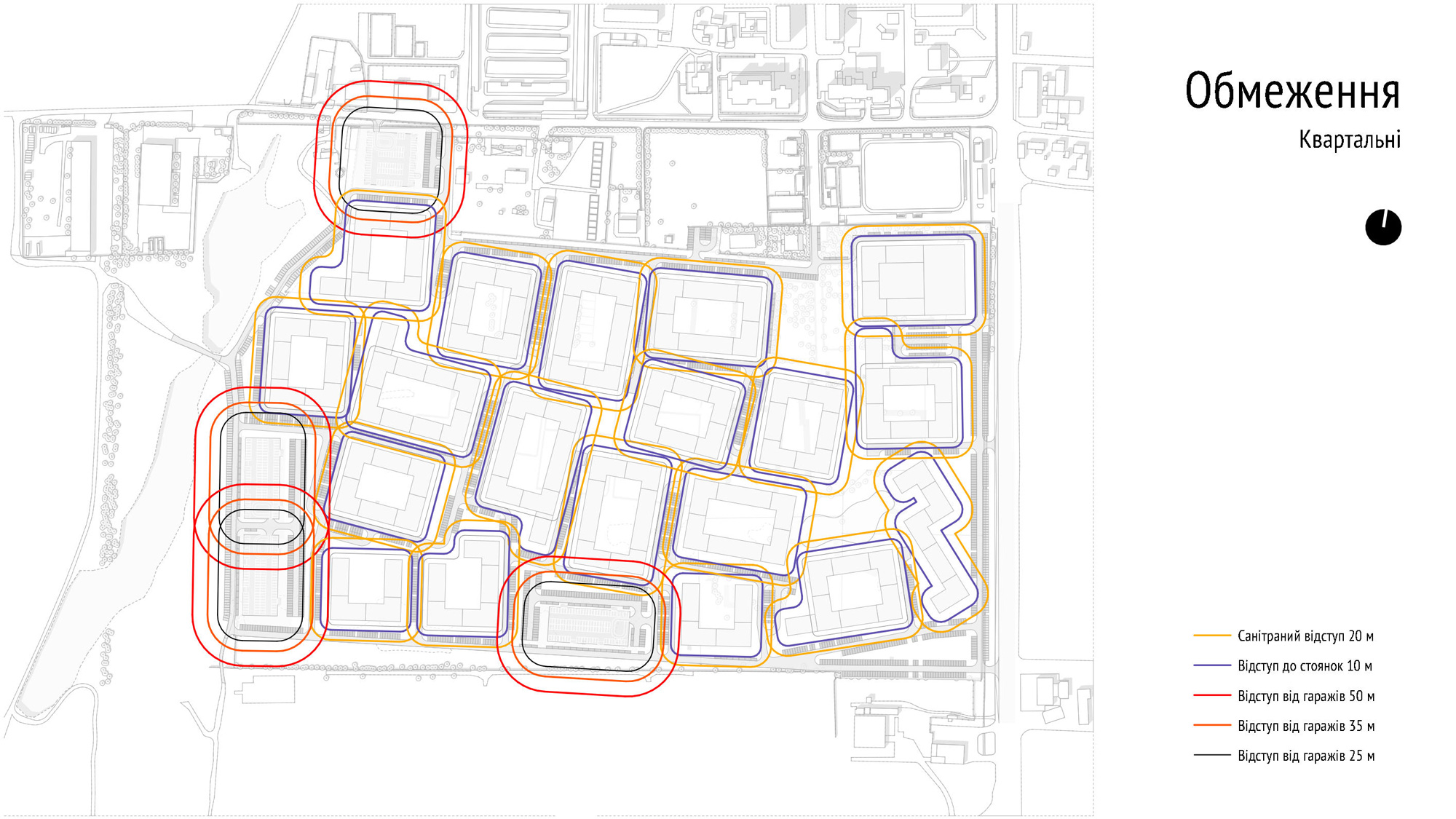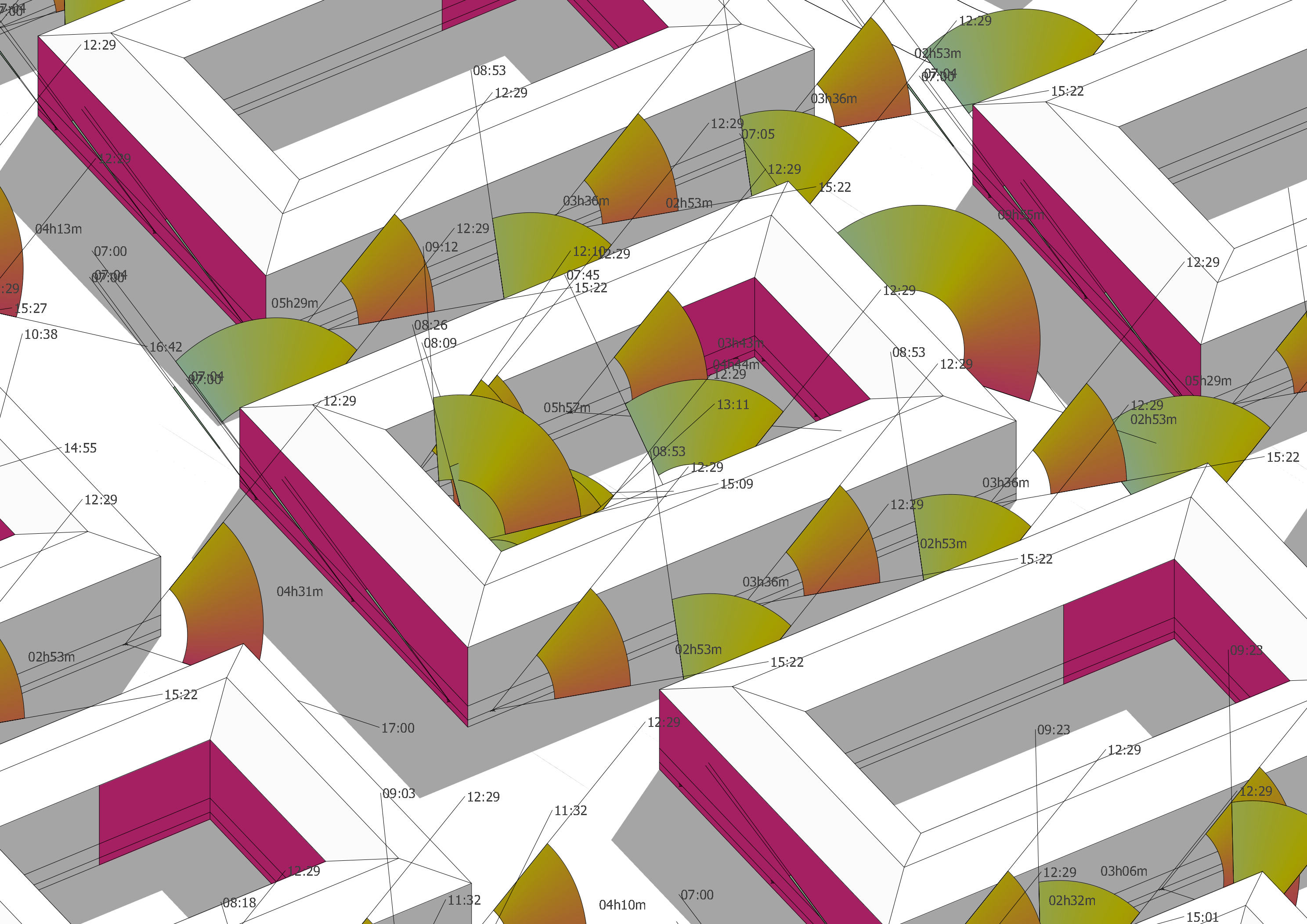
DWELLS DEVELOPMENT
Residential neighborhood development.
The project concept - in diversity. Principles of diverse construction and safe neighborhoods are applied in the design of the area. Non-linear placement of blocks provides benefits for both humans and nature. One of these advantages is better protection against drafts and wind, which are often prevalent in this steppe region. From a human and human-scale perspective, non-linear construction facilitates better orientation, as unique places make it easier to create a cognitive-spatial map.
Additionally, such an environment allows for the creation of a "sense of place," making it more enjoyable and interesting to be in such an environment. These mechanisms of "interest" are related to how our brain processes sensory information. The brain is curious about exploring and discovering new information, and sensory stimulation occurs every 5-6 seconds. Our brain doesn't like to be bored. Essentially, this type of environment has a more positive impact on people compared to regular block construction with straight streets that can be seen through.
The irregular placement of blocks allows for anticipating "random places," like cozy little spaces, courtyards, or corners in the fabric of the construction. Thanks to this approach, the environment becomes more interesting and pleasant to use.
The project concept - in diversity. Principles of diverse construction and safe neighborhoods are applied in the design of the area. Non-linear placement of blocks provides benefits for both humans and nature. One of these advantages is better protection against drafts and wind, which are often prevalent in this steppe region. From a human and human-scale perspective, non-linear construction facilitates better orientation, as unique places make it easier to create a cognitive-spatial map.
Additionally, such an environment allows for the creation of a "sense of place," making it more enjoyable and interesting to be in such an environment. These mechanisms of "interest" are related to how our brain processes sensory information. The brain is curious about exploring and discovering new information, and sensory stimulation occurs every 5-6 seconds. Our brain doesn't like to be bored. Essentially, this type of environment has a more positive impact on people compared to regular block construction with straight streets that can be seen through.
The irregular placement of blocks allows for anticipating "random places," like cozy little spaces, courtyards, or corners in the fabric of the construction. Thanks to this approach, the environment becomes more interesting and pleasant to use.
location
Odesa, Ukrainesurface
31,61 hayear
2021 - 2022status
concept, ongoingclient
ZEZMANinvolvment
urban research, concept planning, visionURBAN RESEARCH

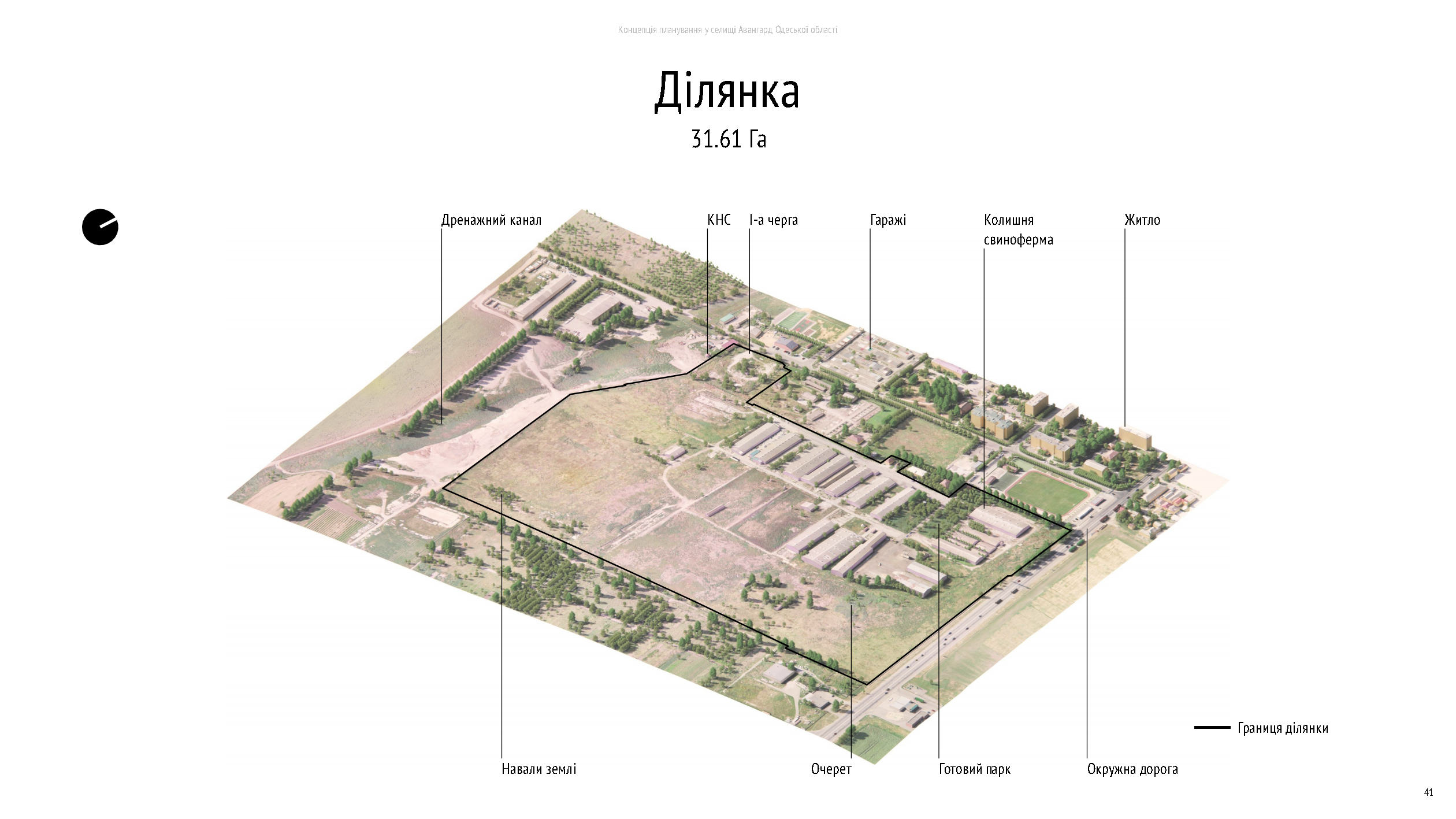
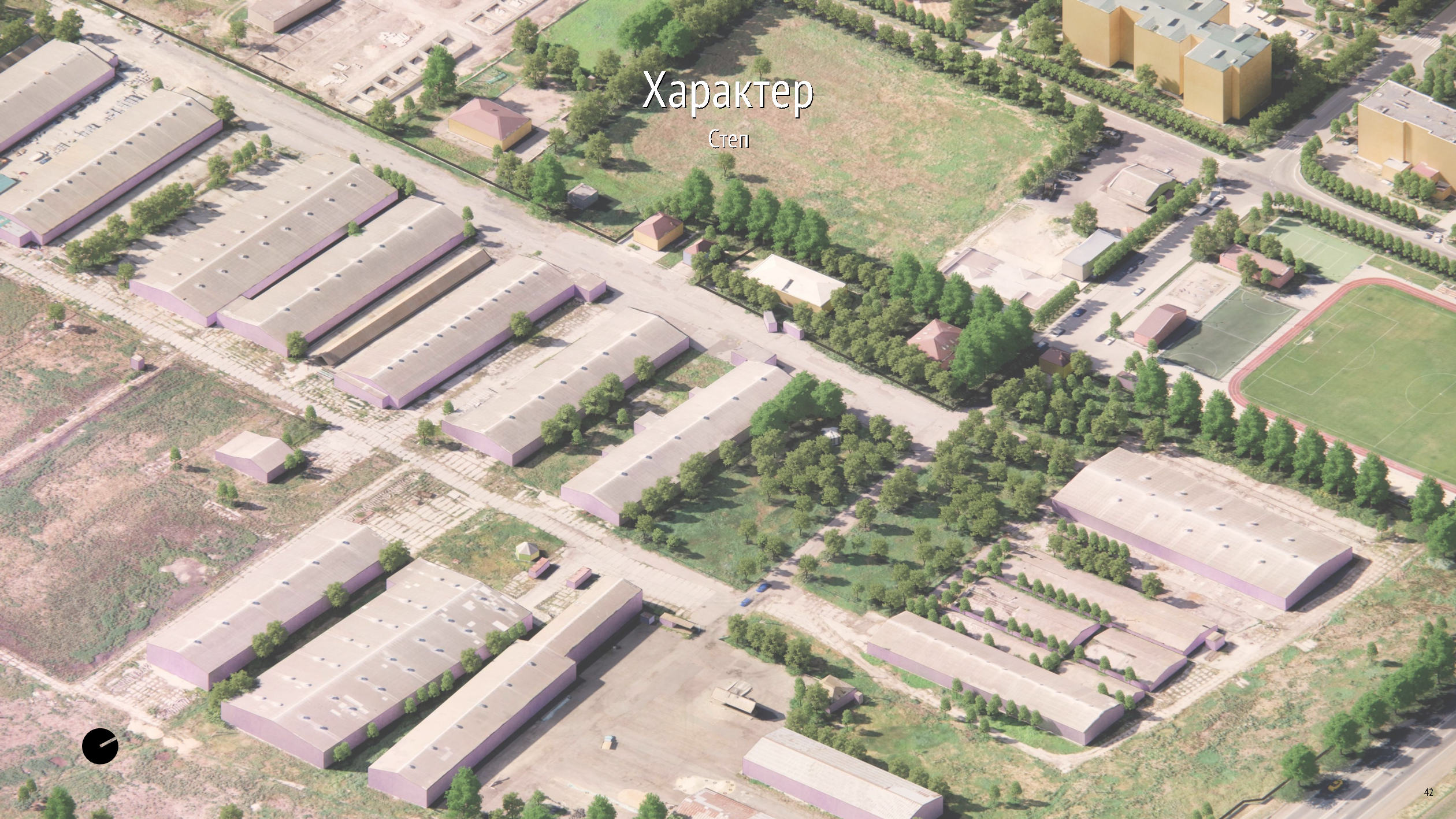
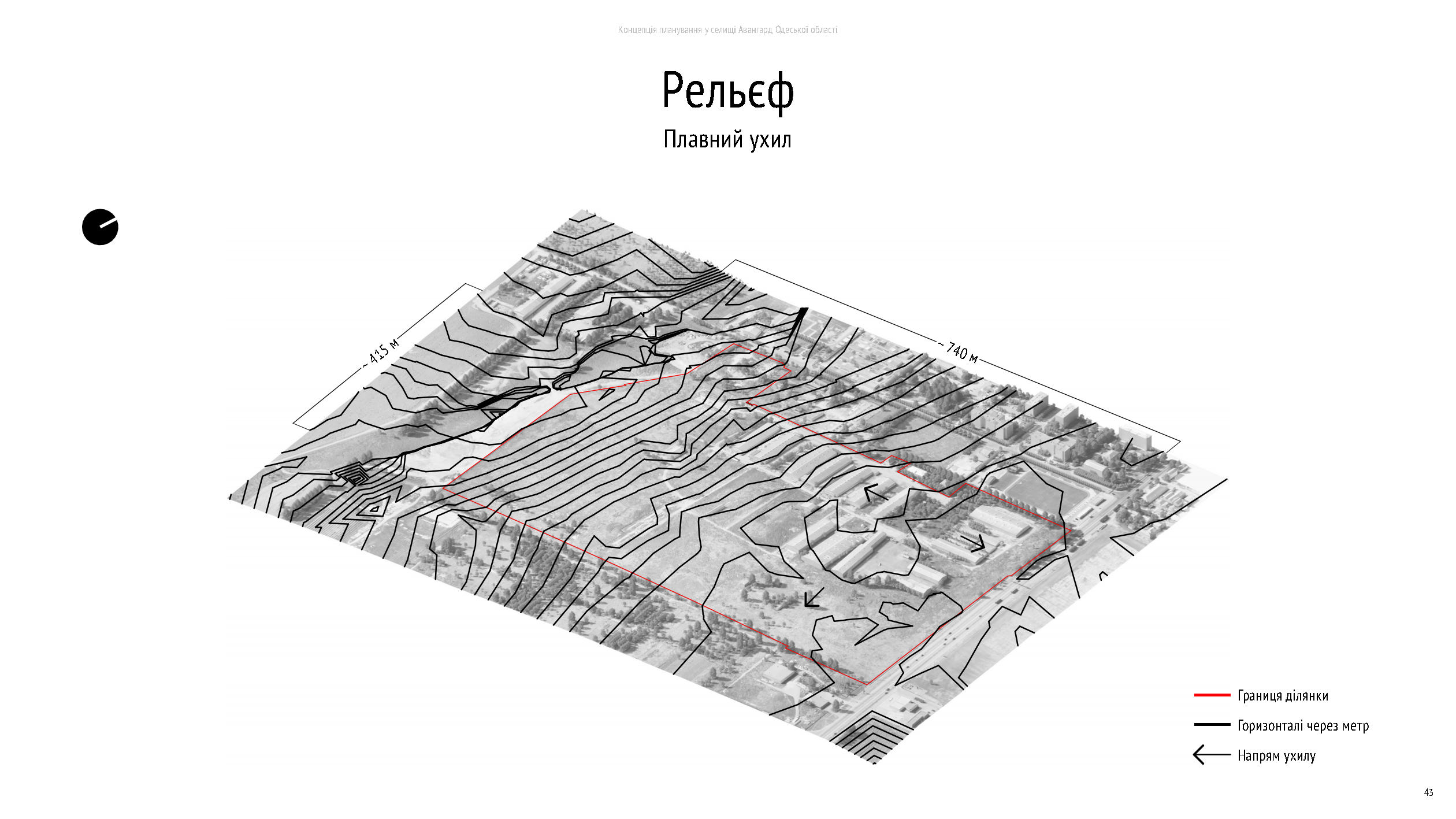
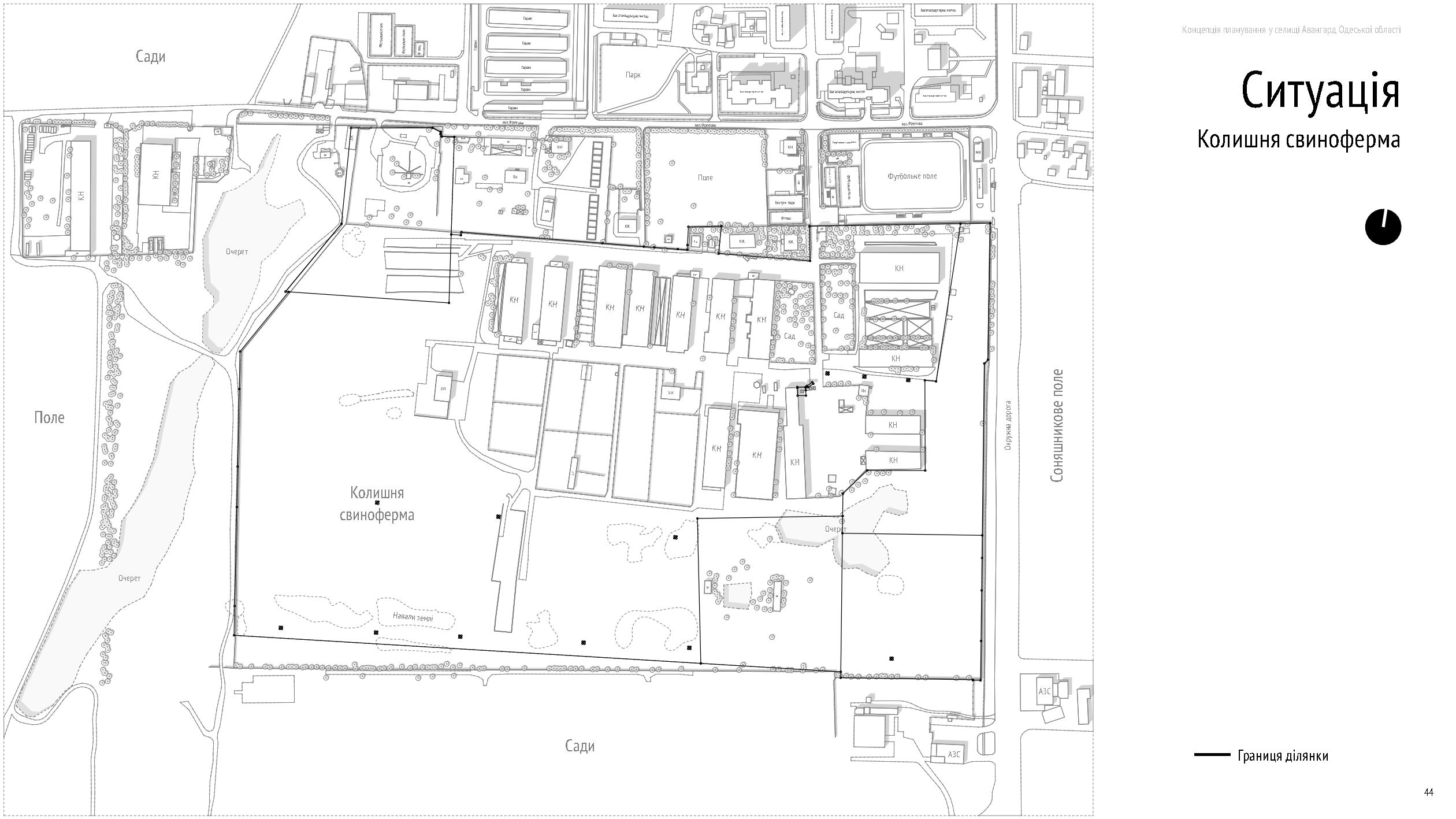

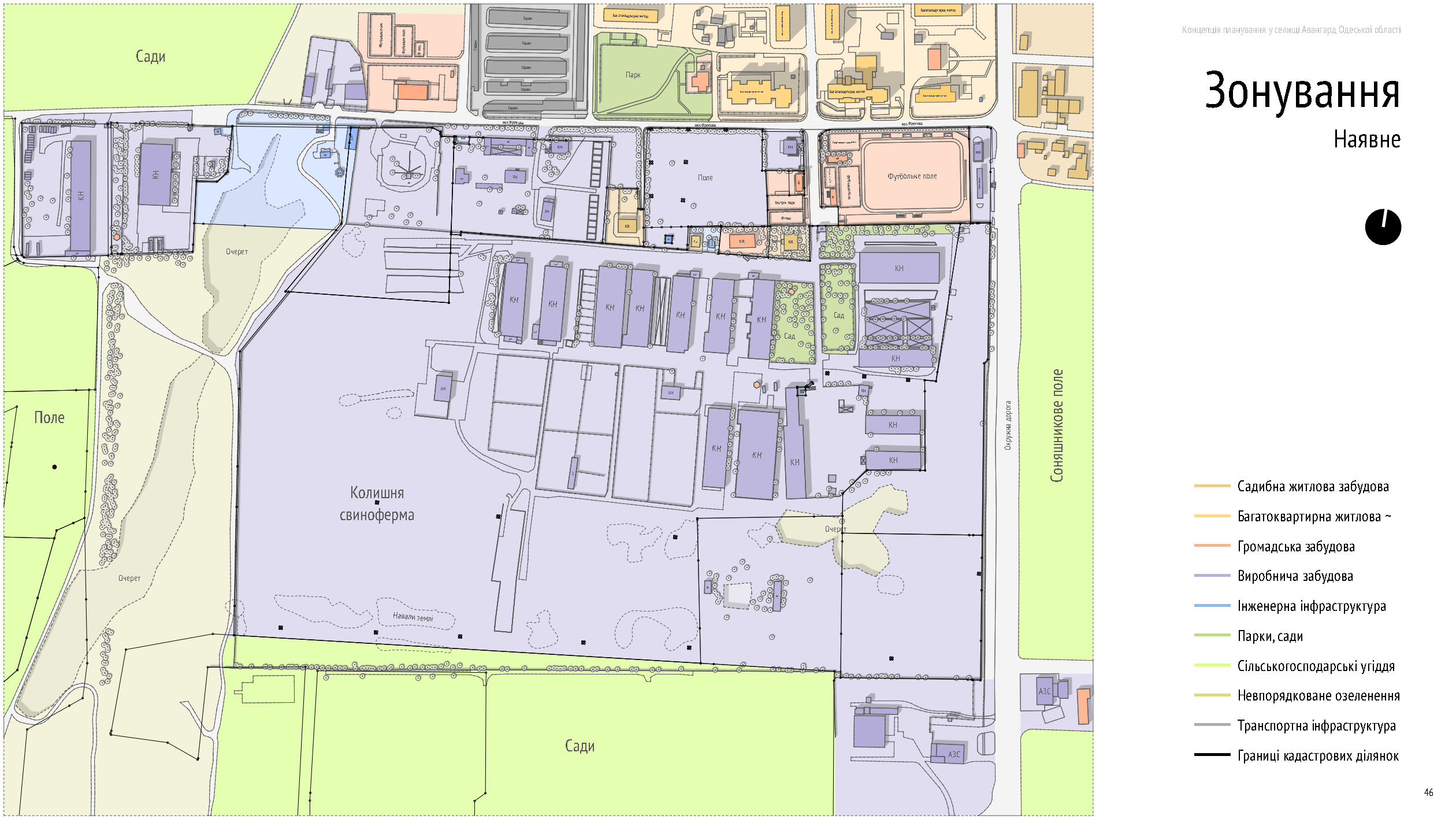

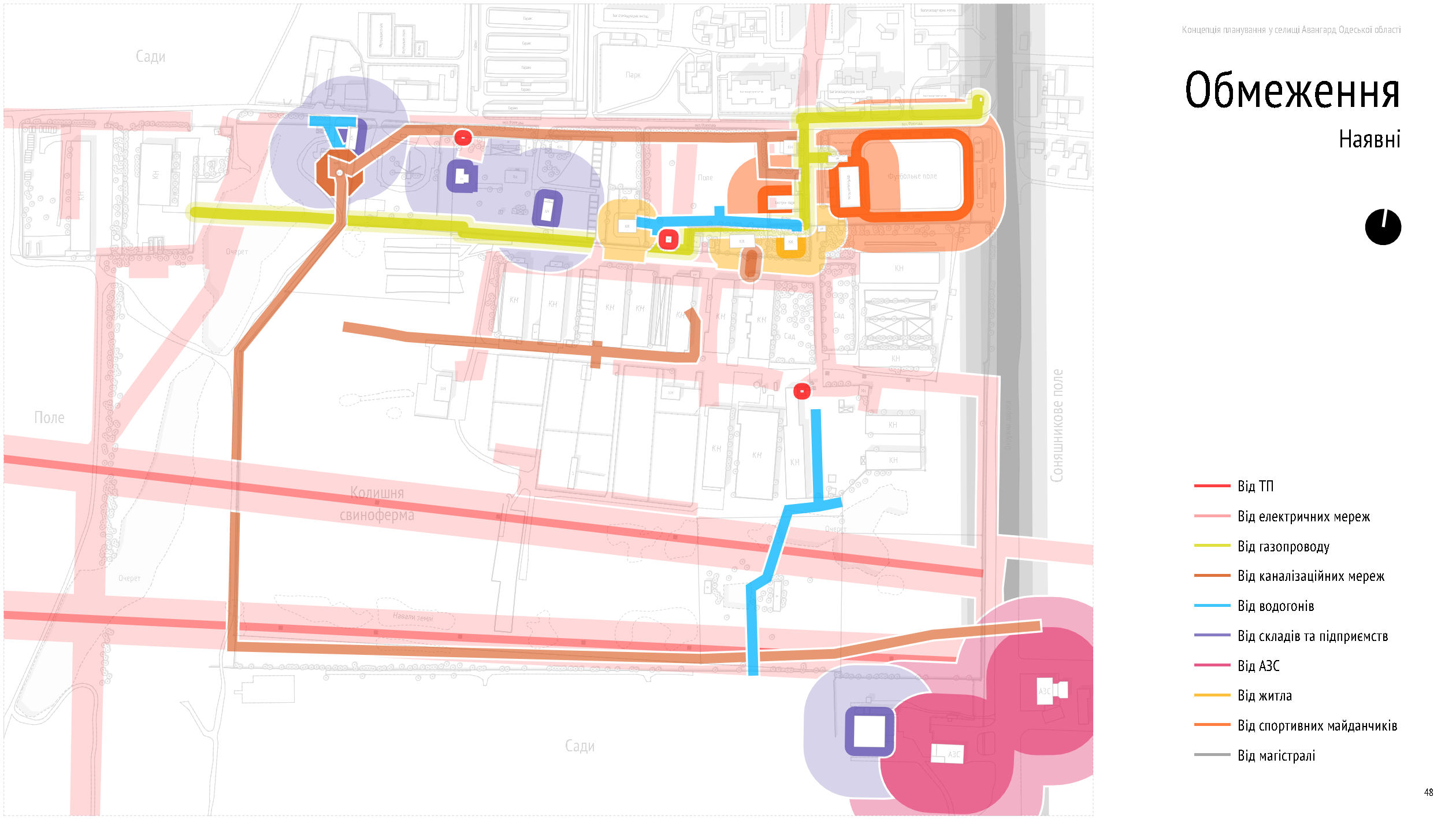
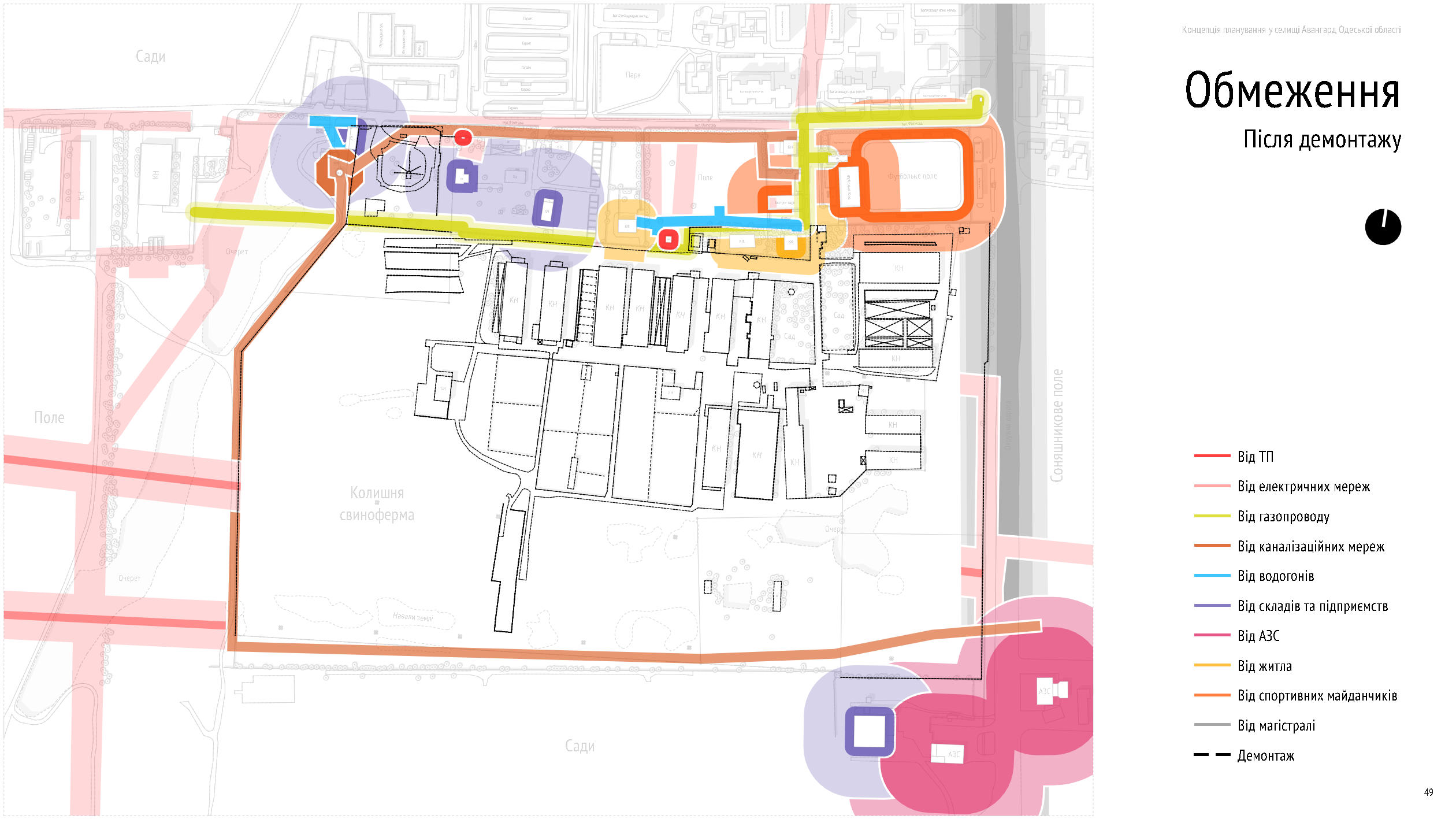
CONCEPT
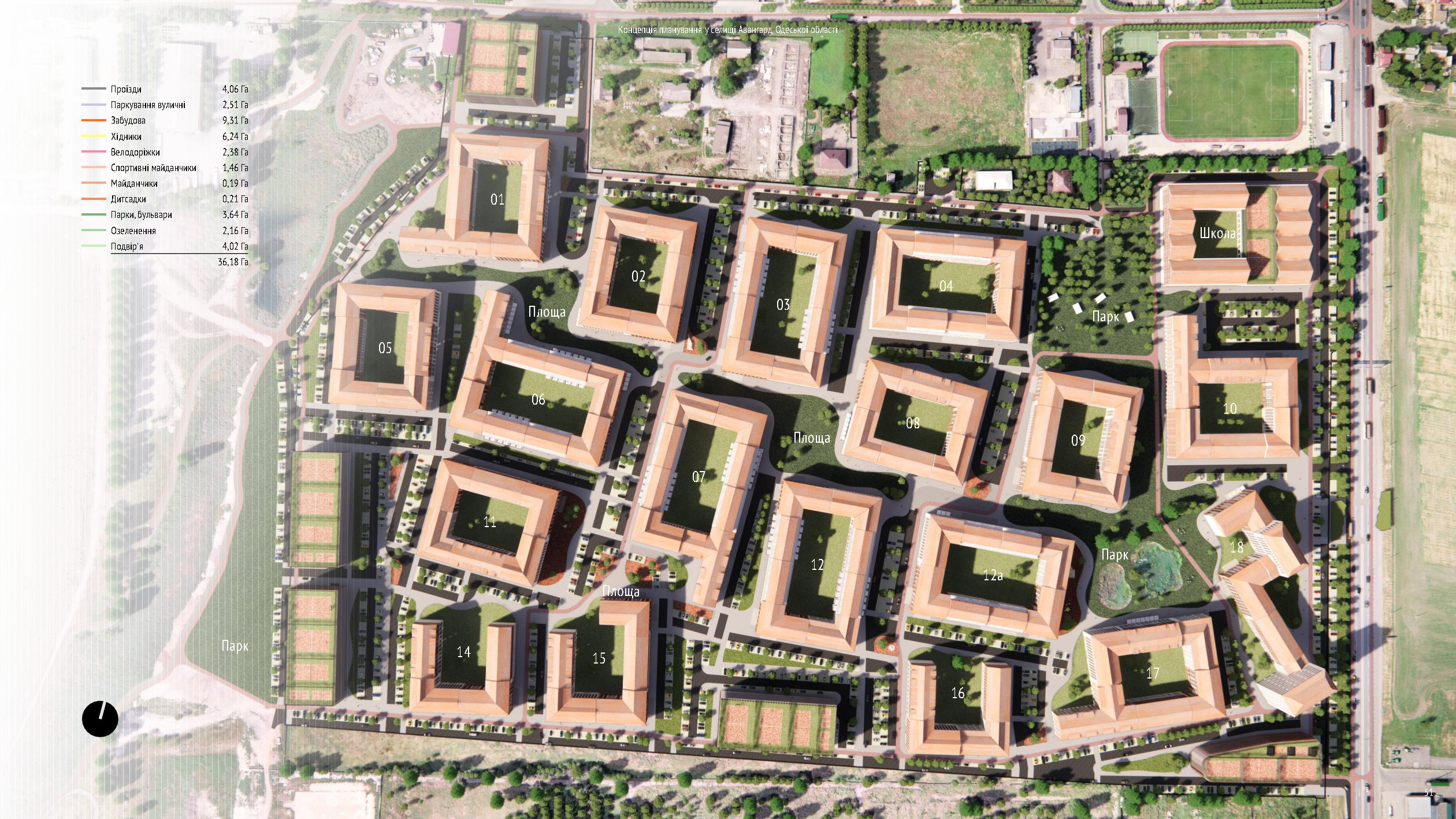
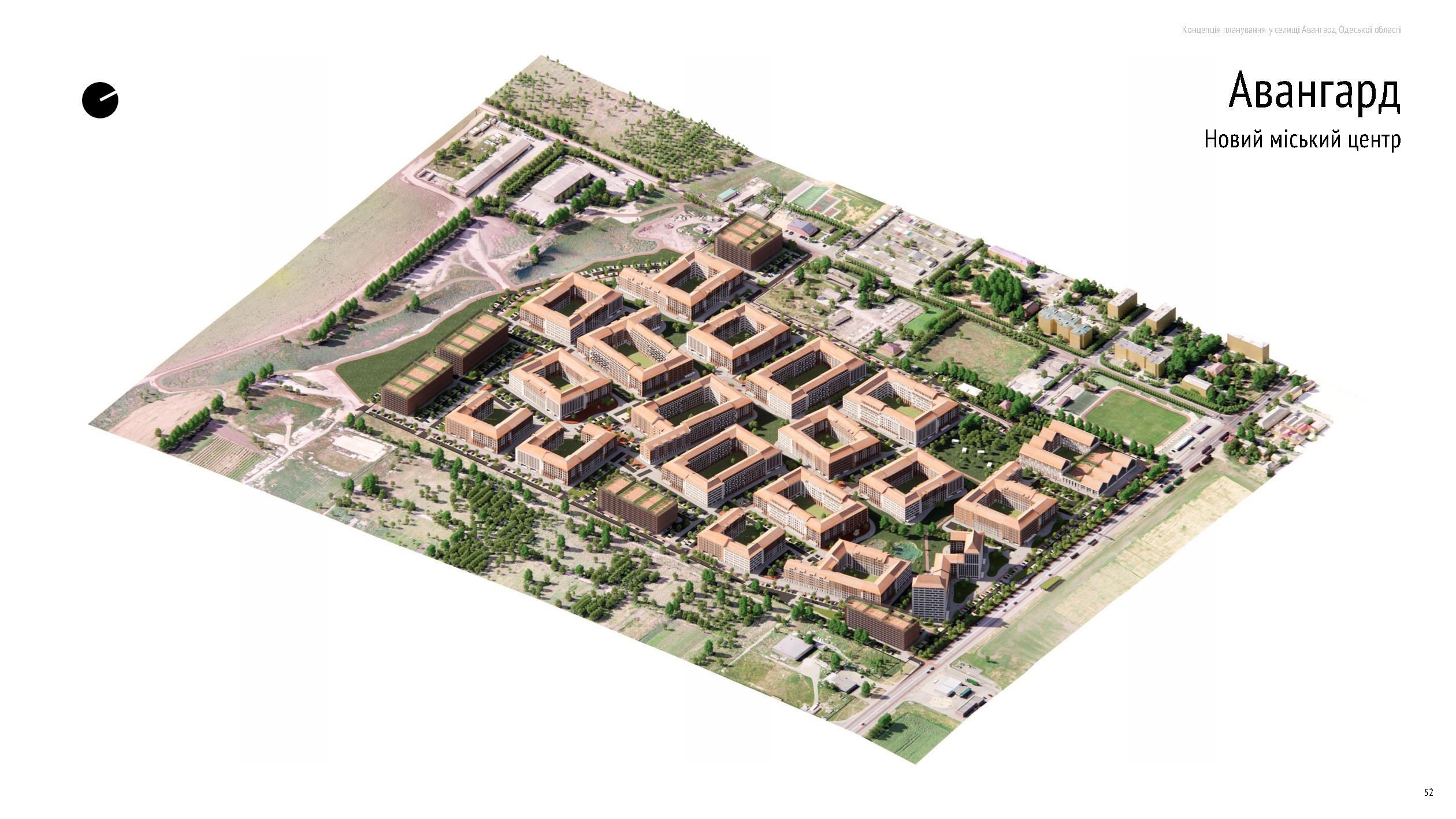
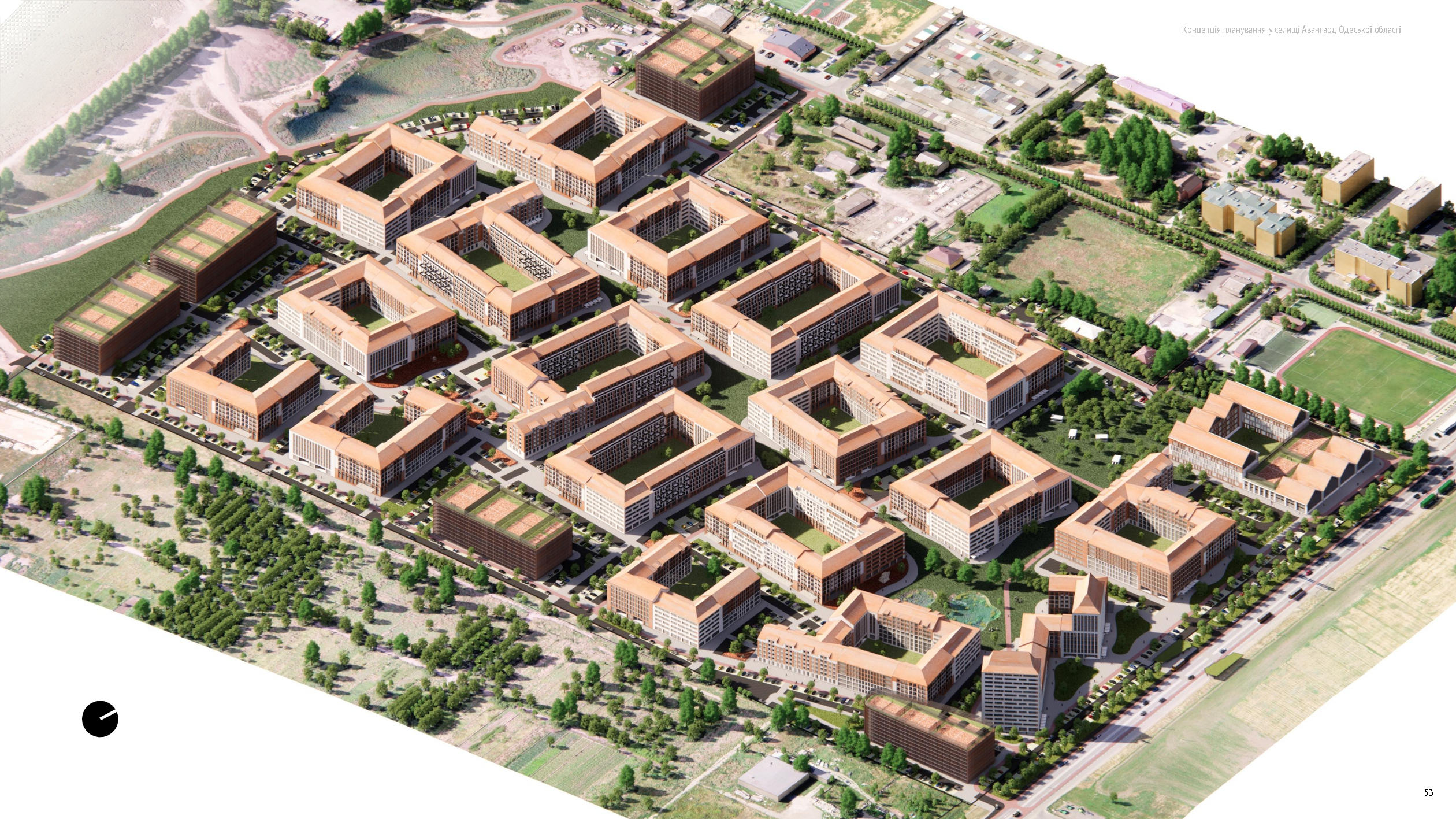






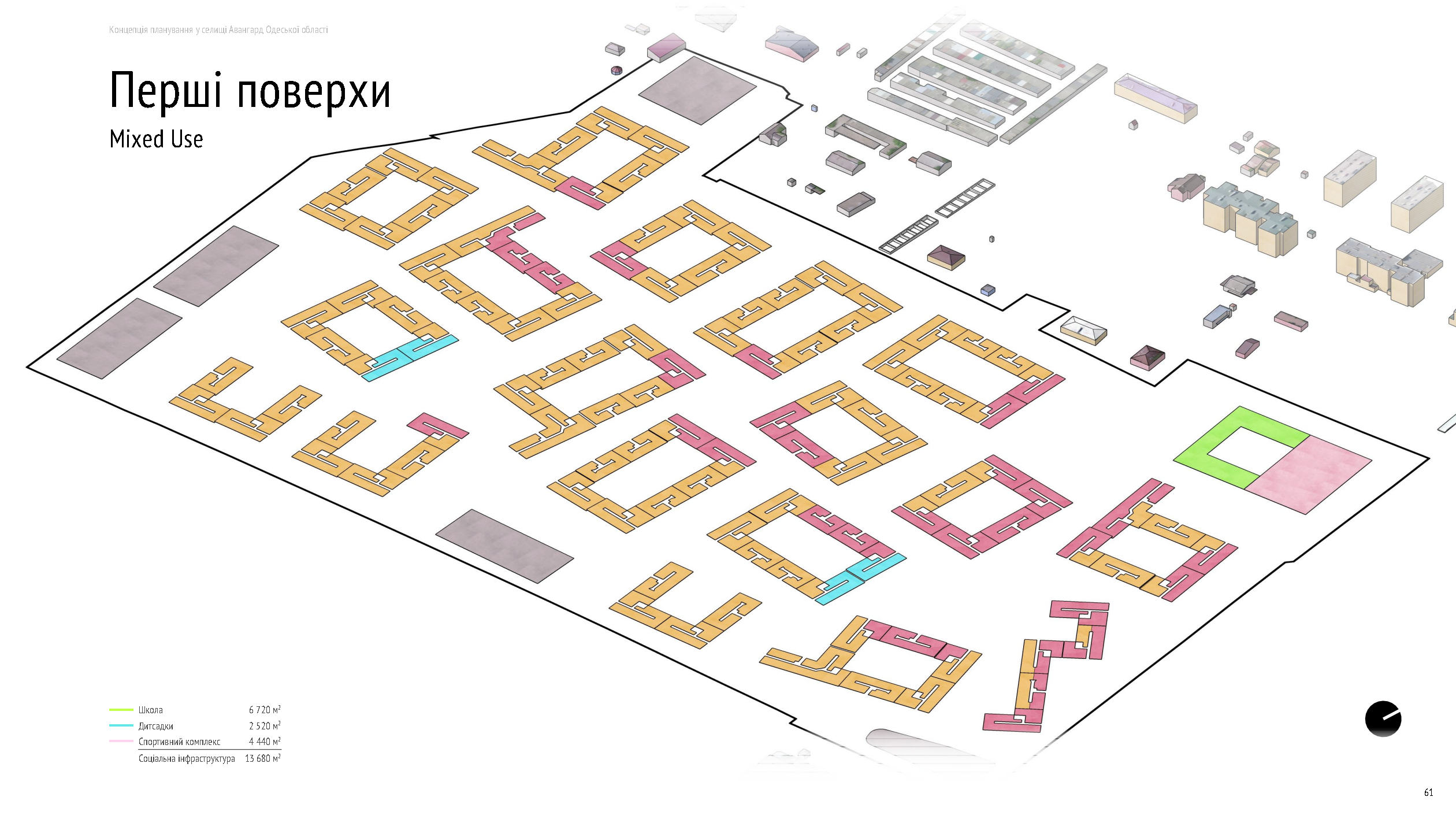
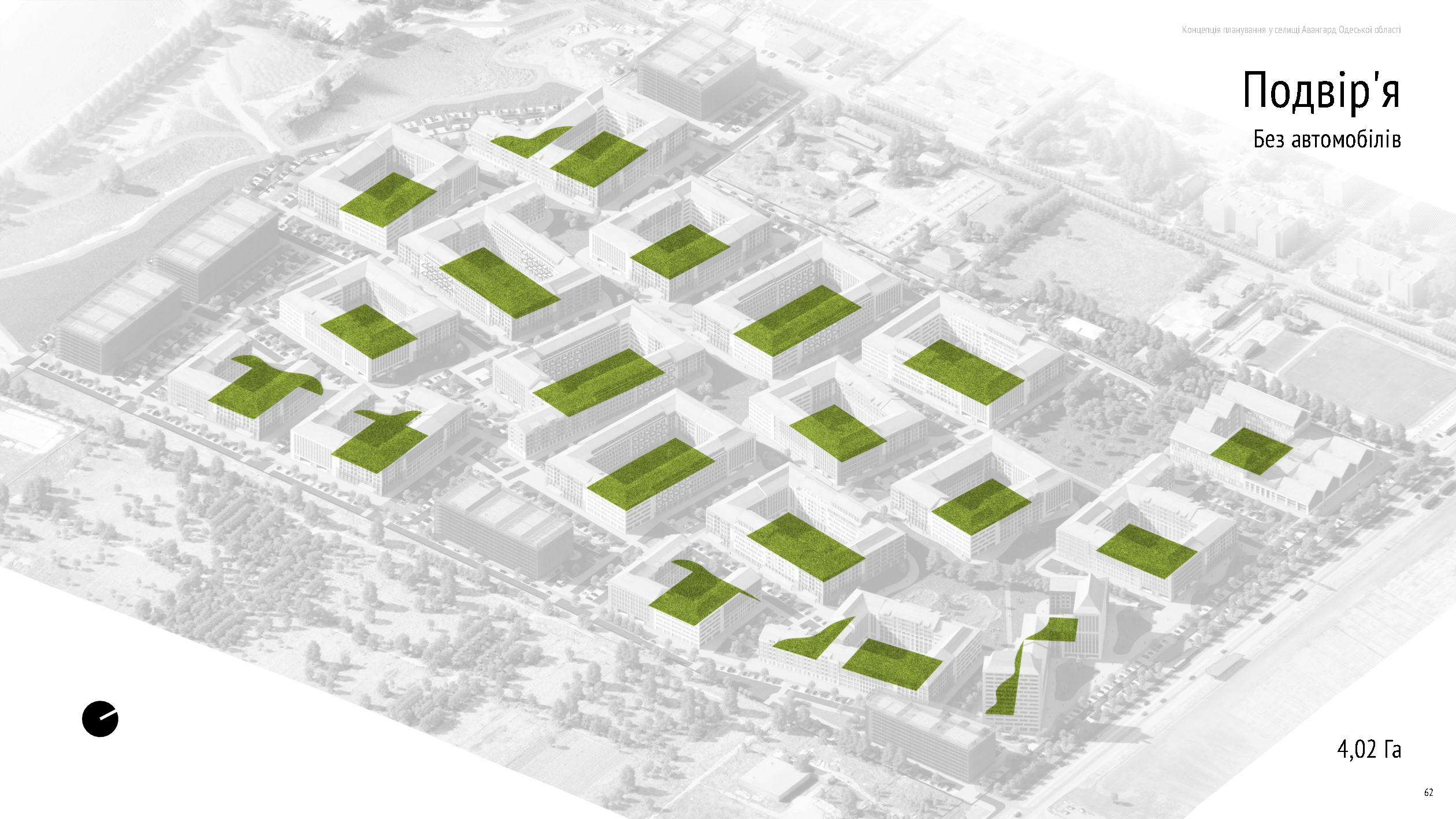

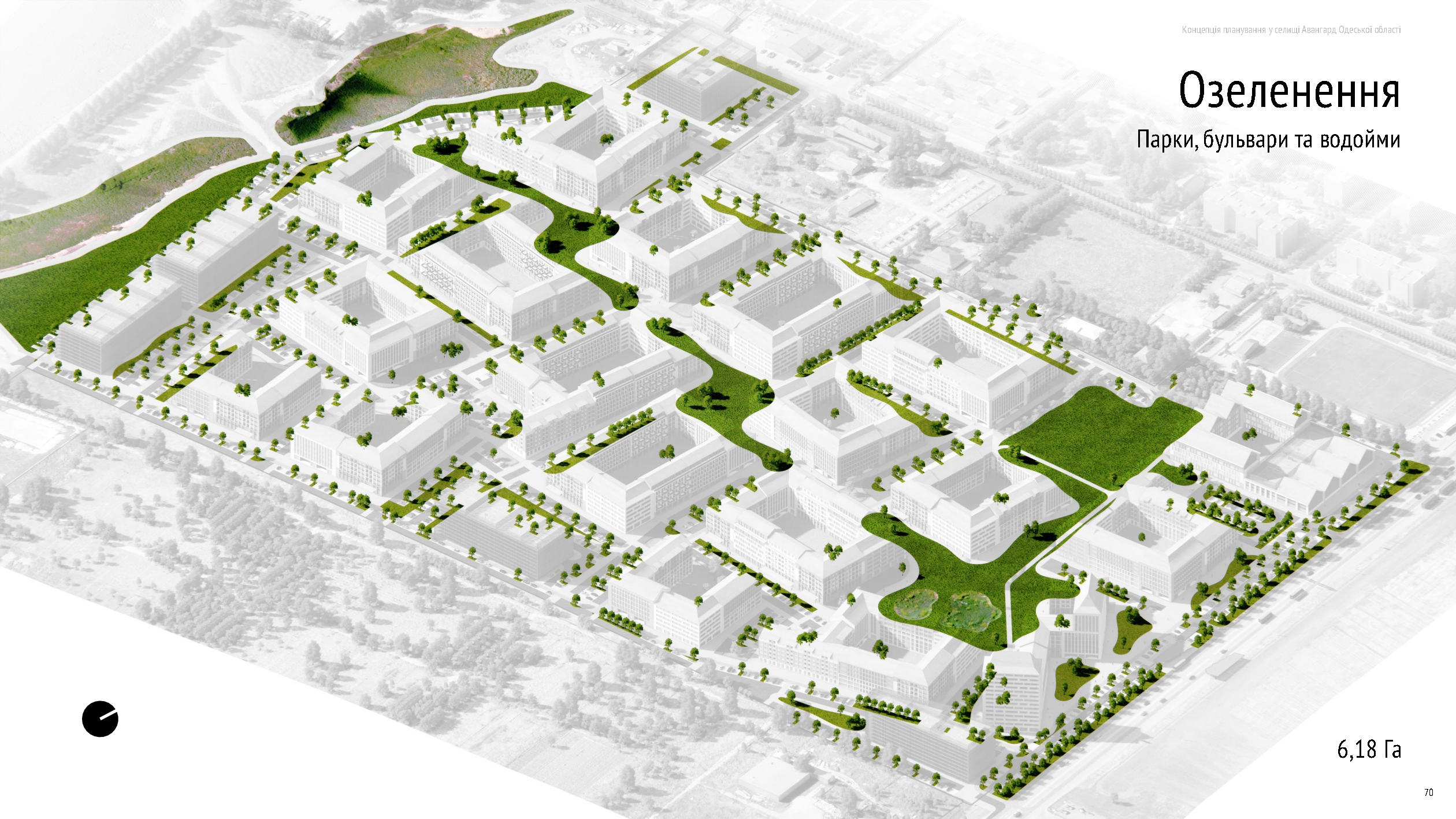



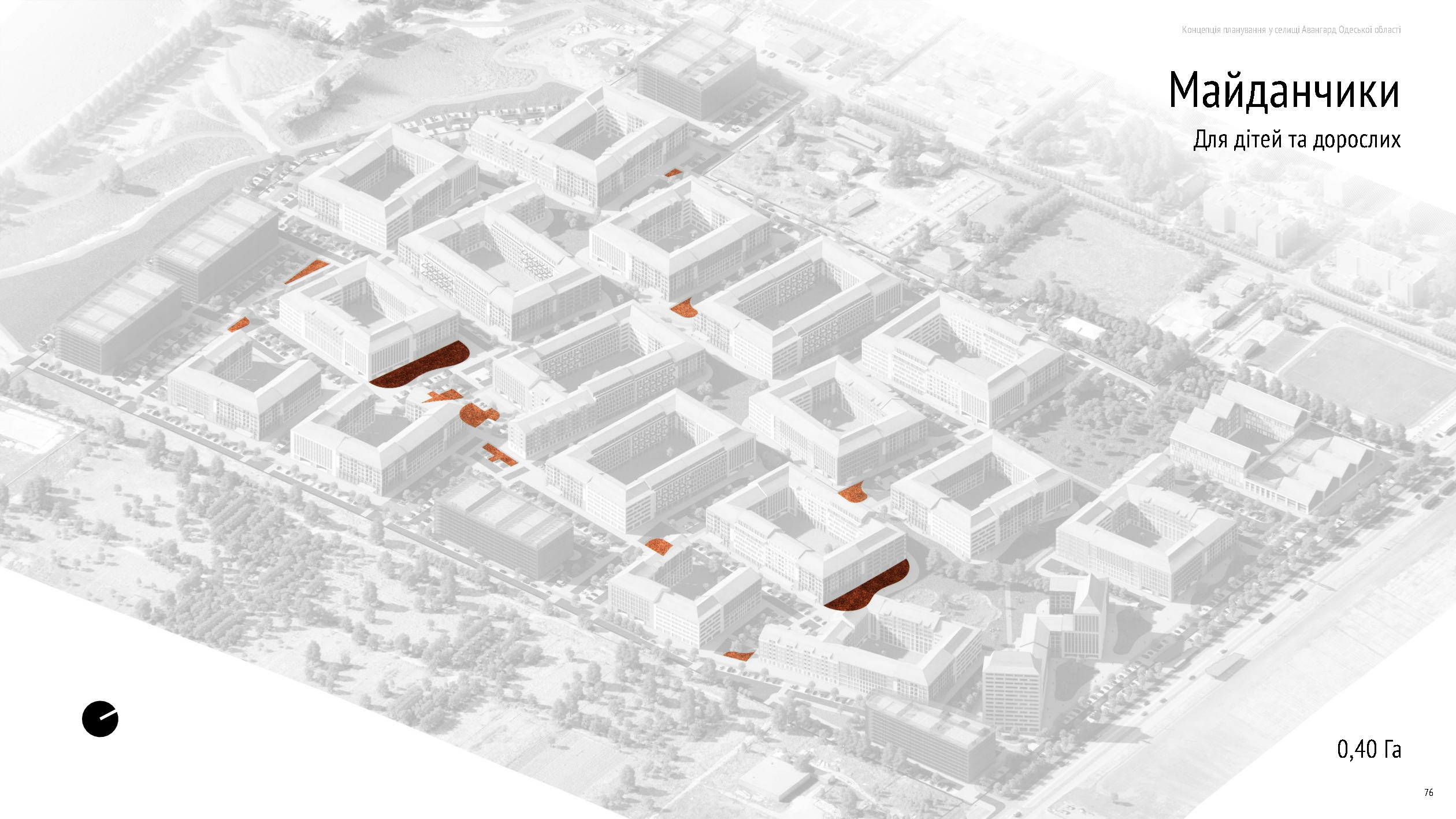
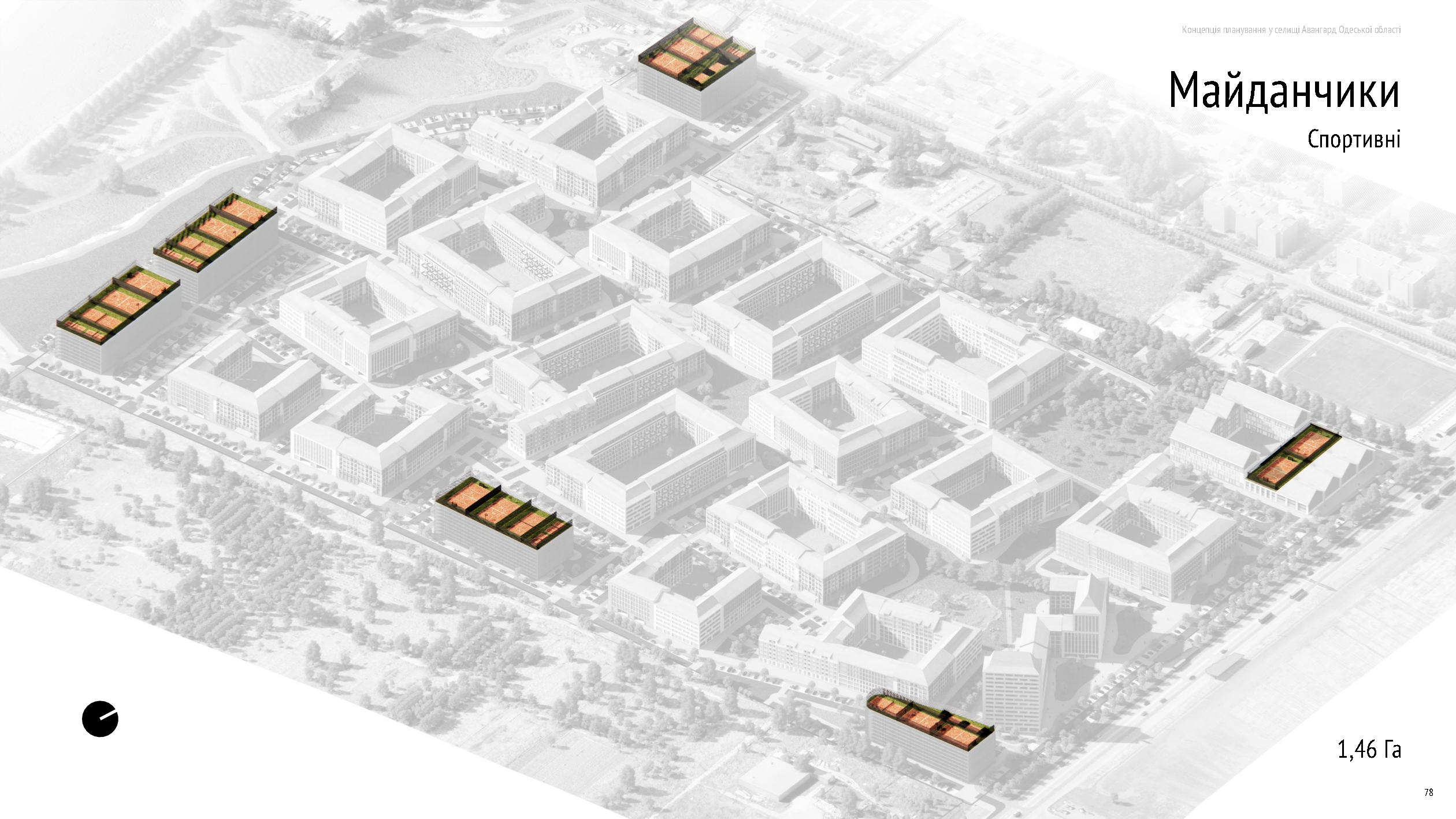
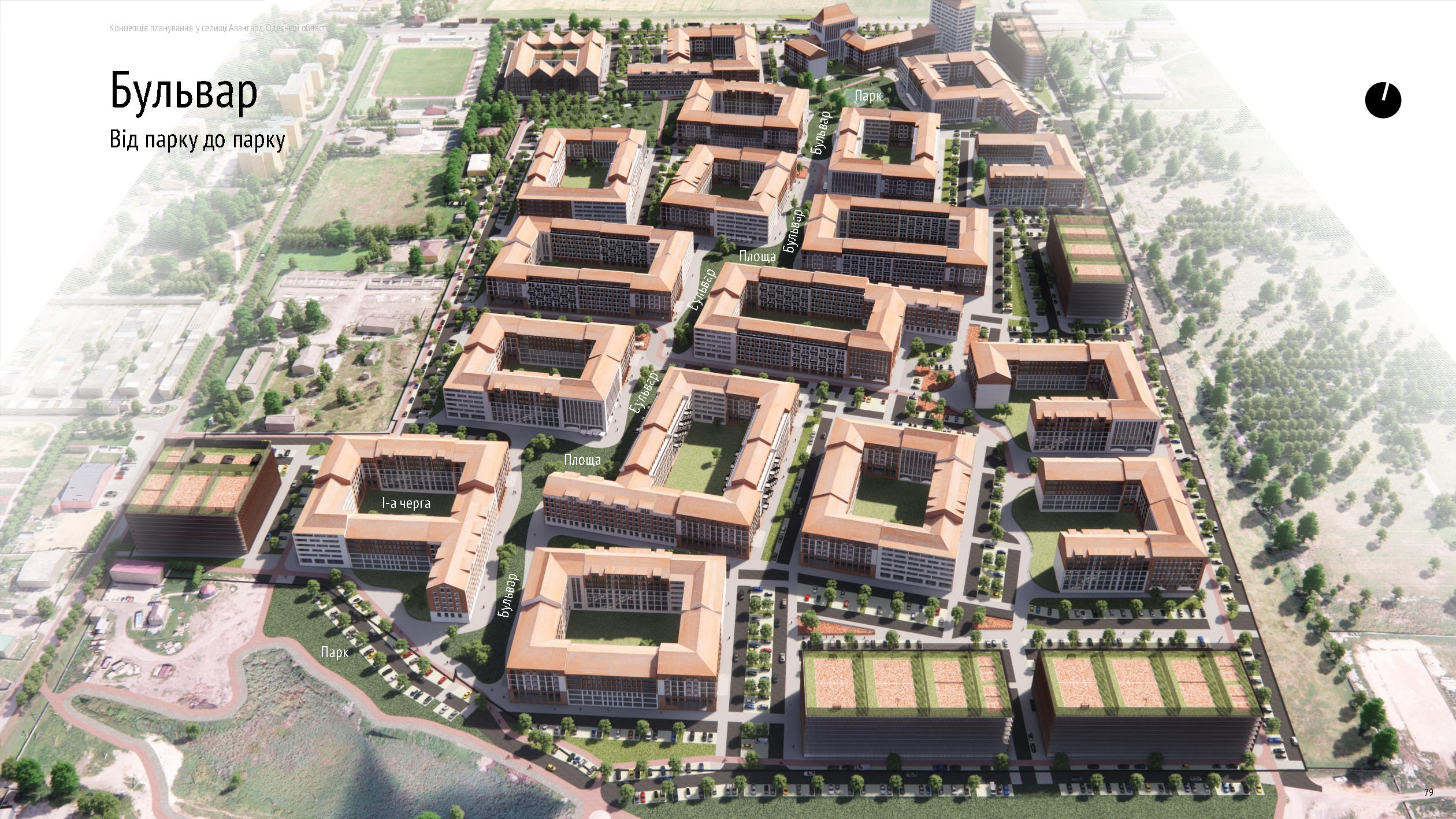

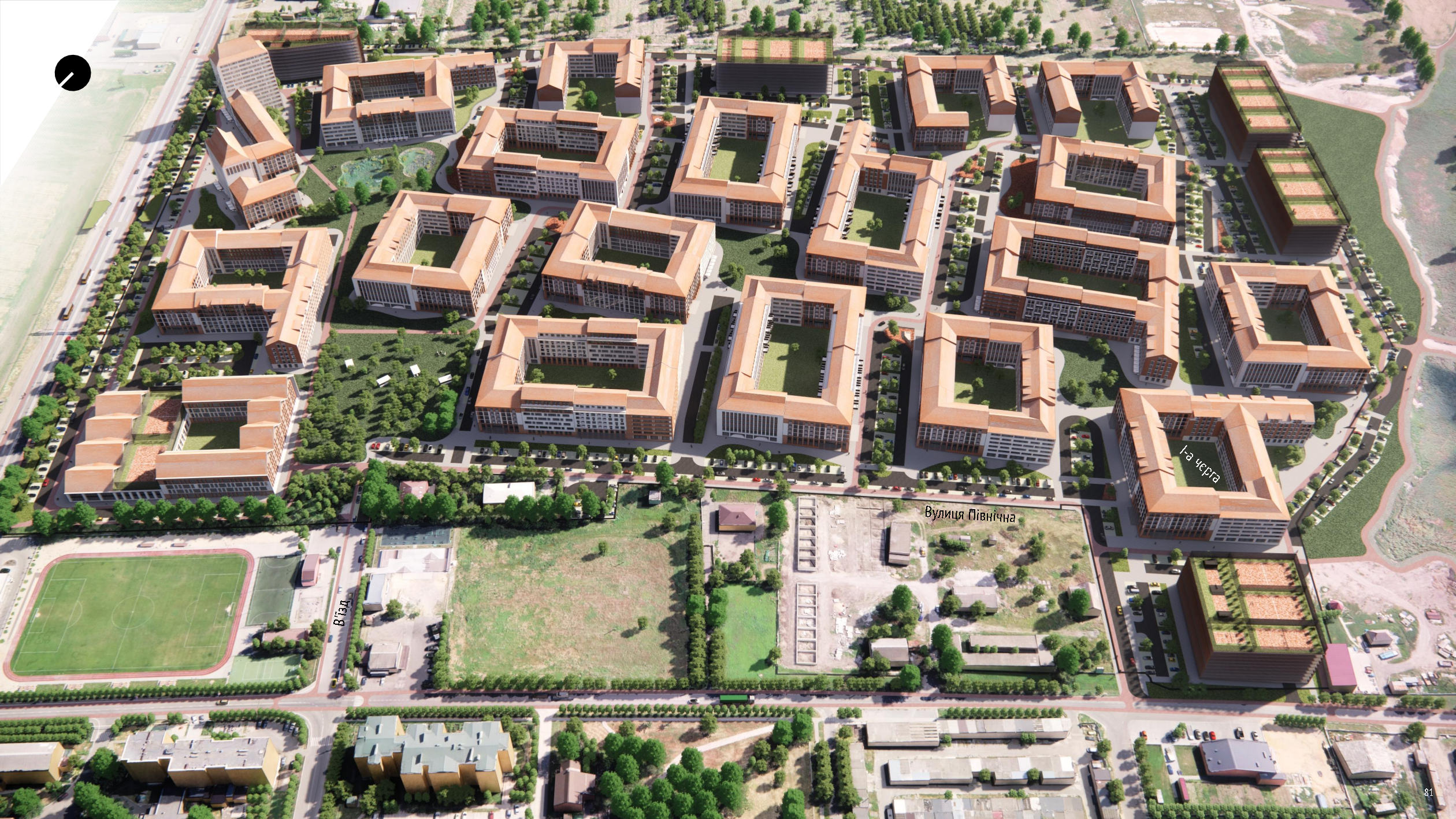

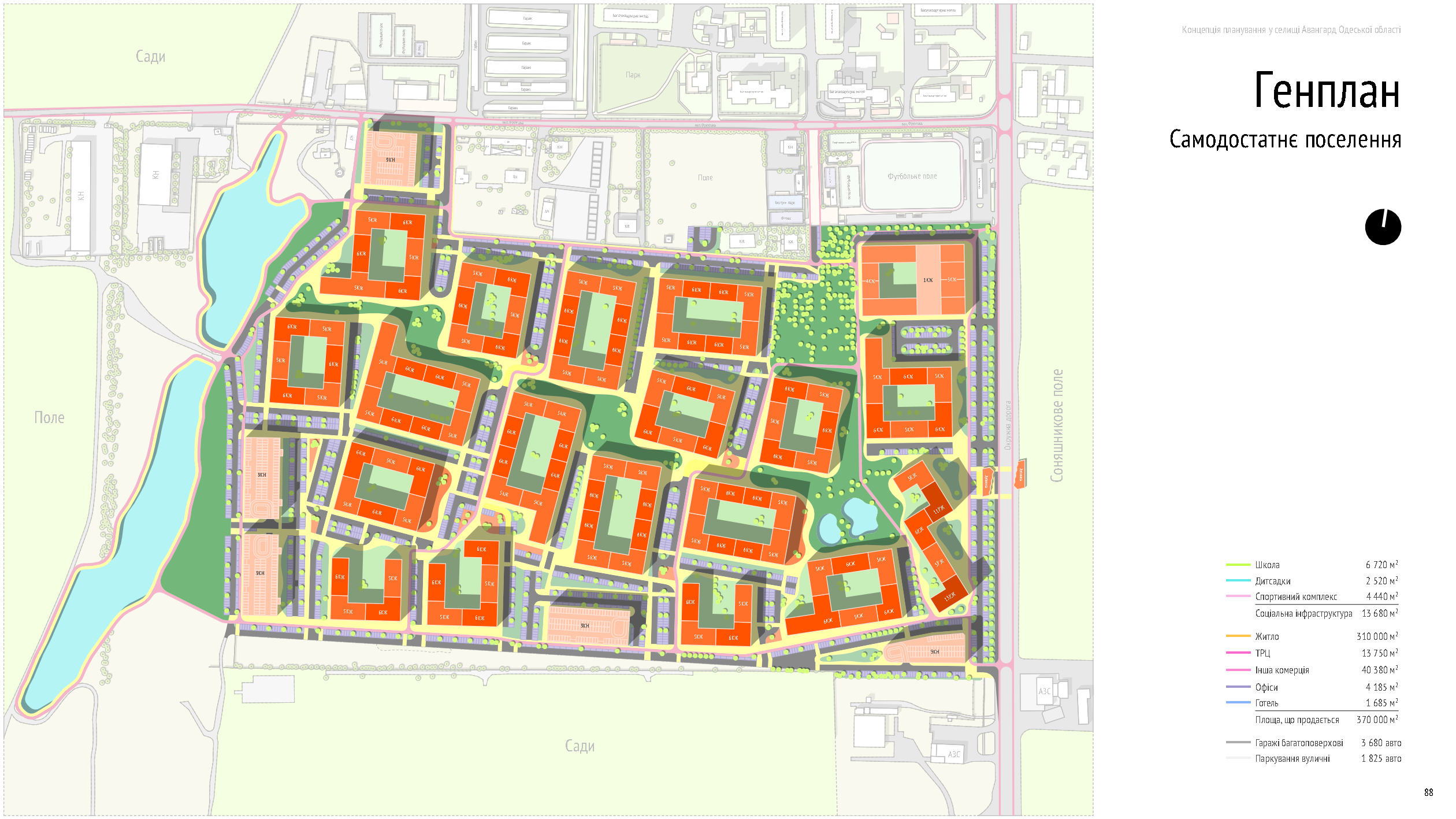
PROCESS & DRAFTS

